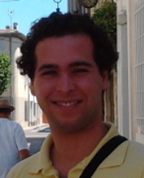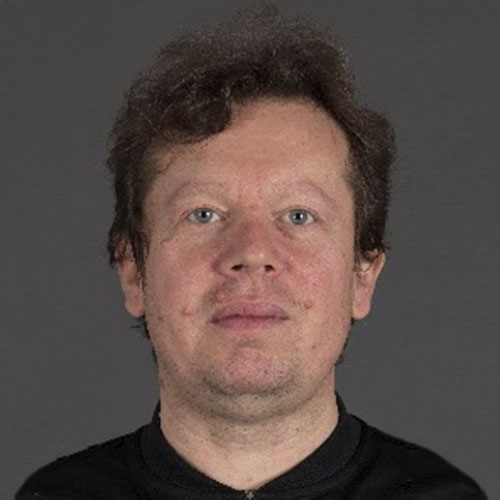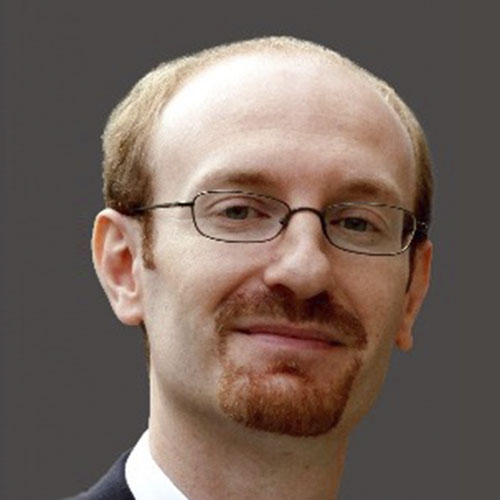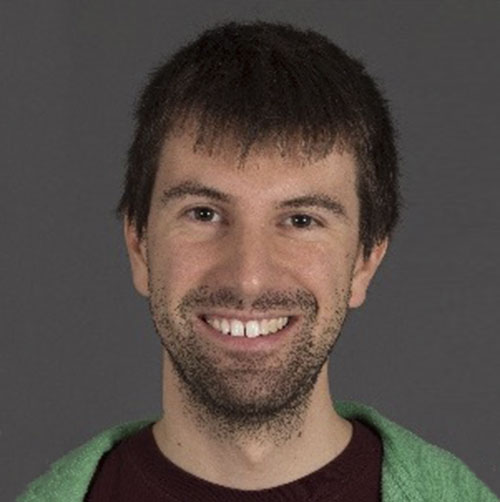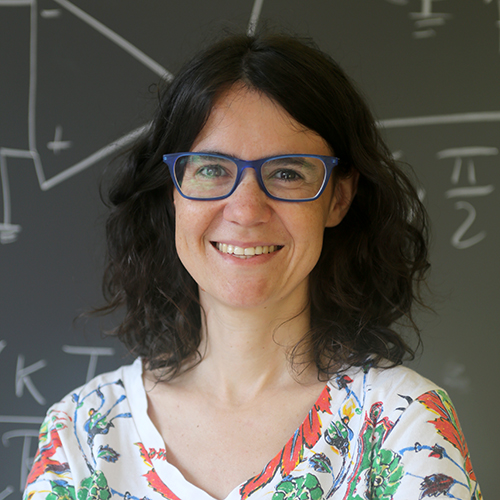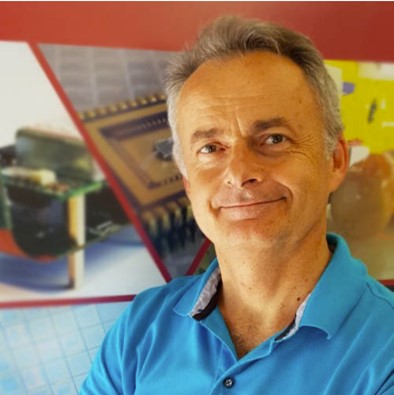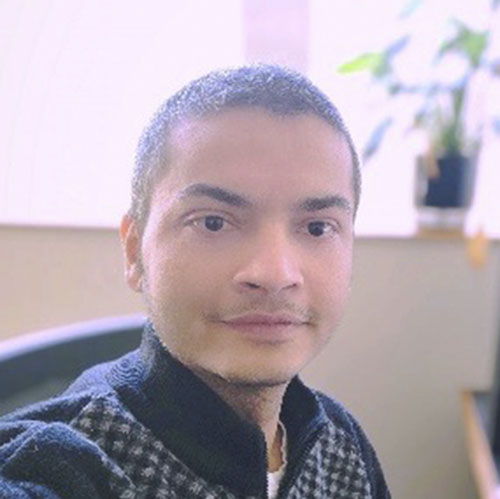Umeå University
Umea University

Contact Us
Umeå University (UmU) was founded in 1965 and is Sweden's fifth oldest university. Today, it has a strong international and multicultural presence with students, teachers and researchers from all over the world (approx. 35,000 students and over 4,600 employees). The aim of the university is to continue becoming one of Scandinavia's best environments for study and research and meet the challenges of an ever-increasing global society. UmU is one of Sweden’s most comprehensive universities within all areas of scientific research. This research takes place on a broad scale in order to compete in the international arena. The university conducts ground-breaking research within several areas e.g. Biogeochemistry, Ecosystem Dynamics, Energy, Infections, Plant and Forest Biotechnology and Social Welfare Research. Furthermore, UmU carries out strong research in physics, for example in optical physics, nonlinear physics, plasma physics, general relativity, condensed matter physics and nanotechnology, photonics, biological physics, complex networks, space physics and physics education. A specific example of UmU’s world class research is Emmanuelle Charpentier, who was awarded the Nobel Prize in Chemistry 2020 for her discovery of the CRISPR-Cas9 genetic scissors when she was active at UmU.
People
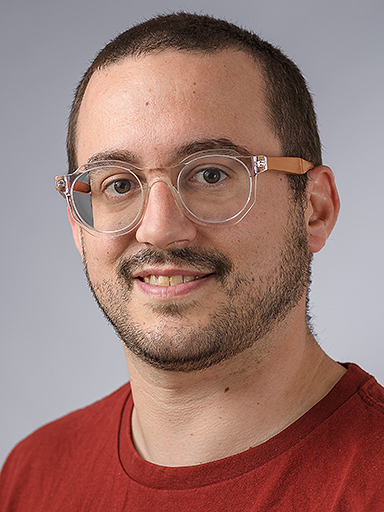
Nicolò Maccaferri
Partner leader
Nicolò (m) holds a tenure-track professorship and is the head of the ‘Ultrafast Nanophotonics and Advanced Functional Materials’ Group at the Department of Physics, Umeå University (Sweden) supported by the Swedish Research Council, the European Innovation Council, the Faculty of Science and Technology and the Kempe Foundations. Currently, he is also a visiting researcher and group leader at the Department of Physics and Materials Science, University of Luxembourg. Nicolò performed his PhD research at CIC nanoGUNE (Spain) and got his PhD in Physics of Nanostructures and Advanced Materials from the University of the Basque Country in 2016. In 2015, he received the “Piero Brovetto” Award from the Italian Physical Society for “his contributions in the fields of nanomagnetism and nanooptics and the study of the physical properties of magnetoplasmonic nanoantennas and their application in bio-sensing”. Until now, he was able to collect more than 2.5 M€ to fund his research. In 2022, he became a Fellow of the Young Academy of Europe, an association of top young researchers in Europe with logistic and financial support from COST. Nicolò’s research span a broad range of fundamental and applied aspects of natural sciences, with a special focus on both the fundamental and applied aspects of light-matter interactions in advanced and multifunctional nano- and meta-materials for opto-electronics and information processing, photochemistry and biotechnology.













